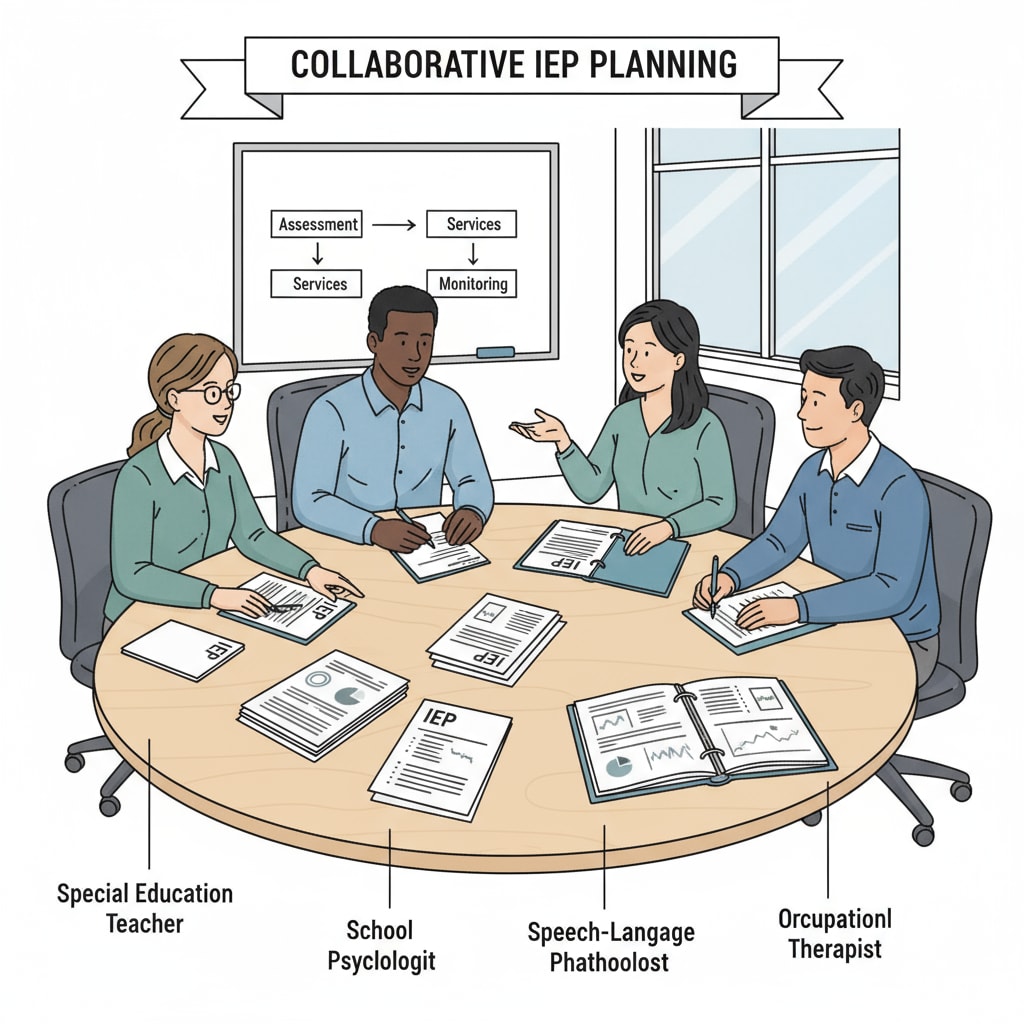Special education, IEP, and reading comprehension difficulties are issues that many special educators grapple with. The Individualized Education Program (IEP) is a crucial document in special education, designed to meet the unique needs of students with disabilities. However, understanding these complex IEP documents can be a significant hurdle for educators.

The Complexity of IEP Documents
IEP documents are filled with detailed information about a student’s current performance, goals, and the services they will receive. For example, they may include specific academic goals, like improving reading skills by a certain level within a year. These documents often use specialized terminology (such as “response to intervention” or “functional behavioral assessment”), which can be confusing for educators who are not well-versed in these terms. Moreover, the format and structure of IEP documents can vary from district to district, adding to the complexity. Learn more about IEP components on Understood.org
Reasons for Reading Comprehension Difficulties
One major reason for the reading comprehension difficulties is the lack of proper training. Many special educators do not receive in-depth training on how to interpret IEP documents during their education. Additionally, the high workload of special educators can also be a factor. With numerous students to attend to, they may not have enough time to carefully read and understand each IEP document. Another aspect is the changing nature of special education laws and regulations. As these laws evolve, the content of IEP documents also changes, making it challenging for educators to keep up. Find more resources on IEP and special education laws on NCLD.org

To address these reading comprehension difficulties, several strategies can be employed. Firstly, providing continuous professional development opportunities focused on IEP document interpretation is essential. Workshops and online courses can help educators stay updated with the latest terminology and best practices. Secondly, creating a support system within the school, such as study groups or peer mentoring, can be beneficial. Educators can discuss and clarify their doubts about IEP documents with their colleagues. Finally, using digital tools and templates can simplify the process of reading and understanding IEP documents. These tools can highlight important sections and provide explanations for complex terms.
Readability guidance: In this article, we’ve explored the challenges special educators face with IEP document reading comprehension. By understanding the complexity of these documents and the reasons behind the difficulties, we can better implement strategies to overcome them. Using short paragraphs and clear explanations, we’ve presented the information in an accessible way. With the inclusion of relevant images and external links, educators can further enhance their knowledge in this area.


